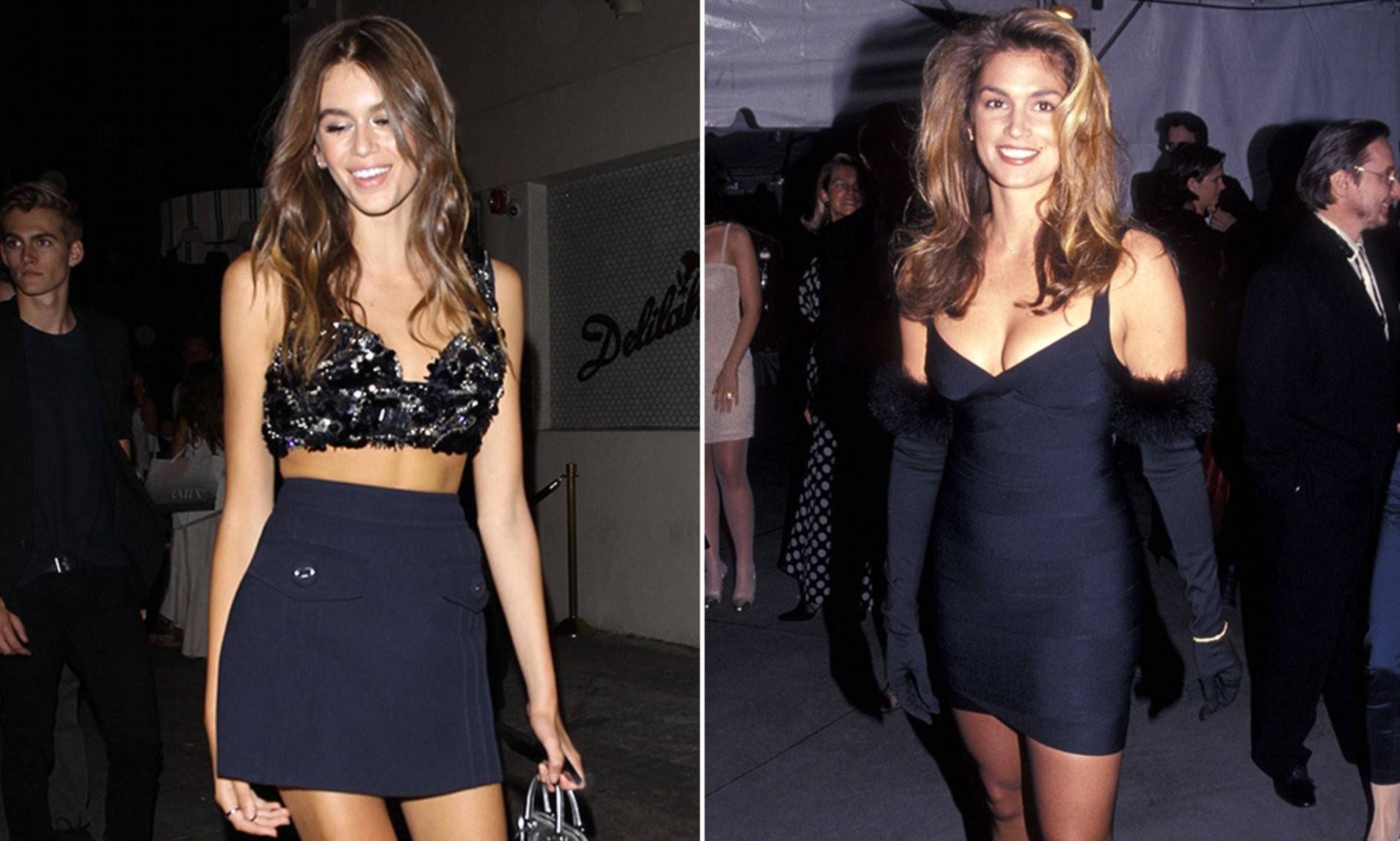What Is The Required Height For A Female Model ?
- 05 Apr 2022
- Models
When most people think of female models they automatically think of legendary supermodels Naomi Campbell, Gisele Bündchen, Kate Moss, Heidi Klum, or Tyra Banks. However, there are many other types of models whose names you wouldn't know but who are making a terrific income. They're working behind the scenes as fit or showroom models and as commercial models working with manufacturers, suppliers, pharmaceutical companies, airlines, automobile manufacturers, fitness companies, and much more. Even if you can't be the next supermodel, you'll probably still fit into one of these categories of female models.
Fashion (Editorial) Model
Fashion models, or what the industry refers to as "editorial models," are high-fashion models that you see in magazines such as Vogue, Harper's Bazaar, and Elle, and they usually work for top fashion labels such as Armani, Prada, Marc Jacobs, Gucci, Valentino, and others.
Female editorial models are generally at least 5 feet, 9 inches tall and very slim, with measurements that are usually around 33 inches around the bust, 23 inches around the waist, and 33 inches around the hips.
Modeling agencies will always look at the complete package that the model presents when determining whether or not they can be editorial models, so don't be discouraged if you don't meet these stats exactly.
Runway or Catwalk Model
Female runway or catwalk models are usually a minimum of 5 feet, 9 inches tall, but taller is preferred. Runway models must have precise measurements so they're able to fit the clothes that designers are going to be showing to their clients. Their measurements are usually no greater than 34 inches around the bust, 23 inches around the waist, and 34 inches around the hips. Designers hire models to fit the clothes they've made for their collections; they don't usually make the clothes to fit the model.
Commercial Model
Commercial models can be any age, size, or height because they're needed for a variety of functions. Commercial models can do everything that isn't generally associated with high fashion, including ads for products and services—such as housewares, food, travel, and tech.
Plus-Size Model
The plus-size model market has become an essential part of the fashion and commercial modeling industry. Several of the top fashion agencies now have plus-size divisions, and we've seen more plus-size supermodels over the past few years than ever before.
Plus-size models are generally categorized by size rather than exact measurements, such as size 12 and up. In the real world, a size 12 is not considered plus-size, but in the modeling industry, it can be.
Petite Model
Petite models are generally 5 feet, 7 inches tall or shorter. While petite models don't generally do runway work, they're often booked for swimsuit, lingerie, and parts modeling. Since petite models usually have smaller shoe sizes and glove sizes, they're popular as foot and hand models.
Child Model
What do celebrities Brooke Shields, Jodie Foster, Sarah Michelle Gellar, Jennifer Connelly, Natalie Portman, and even CNN's Anderson Cooper have in common? They were all child models. The age range for child models is generally 12 years and under, and they can be any size and height. Agents that represent child models are looking for children with lots of personality and who can work well on set and around strangers.
Swimsuit or Lingerie Model
Swimsuit and lingerie models are often curvier and more voluptuous than editorial models. There are many opportunities for swimsuit models other than just modeling bikinis; swimsuit models can model lingerie, undergarments, sleepwear, summer wear, and they can also be showroom and fit models.
Glamour Model
Glamour models are generally more curvy and voluptuous than editorial fashion models, and they often work as swimsuit and lingerie models as well. Glamour modeling generally refers to the type of posing the model is doing in their photographs—which is usually more sexually suggestive or alluring than what a fashion model would do. Pinup models and people who appear in magazines such as Playboy are considered glamour models.
Fitness Model
Fitness models are models who are very athletic, fit, and toned. Many fitness models started as athletes or trainers and have added fitness modeling to their resumes. In addition to working for fitness companies, supplement manufacturers, and athletic wear companies, fitness models are often commercial models as well.
Fit Model
Not to be confused with fitness models, fit models are models who work behind the scenes in fashion houses and garment manufacturers to make sure that size and fit are maintained in the clothing manufacturing process. Garment manufacturers require a variety of shapes and sizes of fit models to fit their garments properly before they're shipped to consumers.
You may not have a look that a print model needs, or the height of a runway model, but if you can consistently maintain your measurements, then a career in fit modeling may be for you.
Parts Model
Parts models specialize in modeling body parts like hands, feet, legs, and eyes. A hand model can book jobs for jewelry, nail, beauty-related products, and anywhere else a client requires a "perfect" hand. Likewise, a foot model can book jobs with shoe companies, nail and beauty products, and with clients who need "perfect" feet.
Clients look for well-proportioned body parts and those who can fit sample shoes, gloves, or jewelry sizes. Petite models often find work as part models due to their smaller shoe sizes and body parts.
Promotional Model
Promotional models often book jobs to promote products or services at trade shows, conventions, and live events. They must be very outgoing, friendly, and have an excellent understanding of the client's product because they may be required to talk about the product or answer questions from potential buyers.
Mature Model
The market for mature models has increased tremendously as the baby boomers have entered their 60s and beyond. Mature models are generally at least 30 years old, and they can work well into their 80s and 90s. Mature models are often considered commercial models and can do everything a commercial model can do.
Catalog Model
Catalog models are considered to be commercial models, which means models need to look more like “real people” than editorial models. They need to possess a few essential physical attributes, such as glowing skin, healthy hair, and a killer smile, but instead of falling into the physical requirements of fashion models, they have to have a look that appeals to the client’s target audience.
"Aspiring Models Click Here for More Information on the Modeling Profession."






